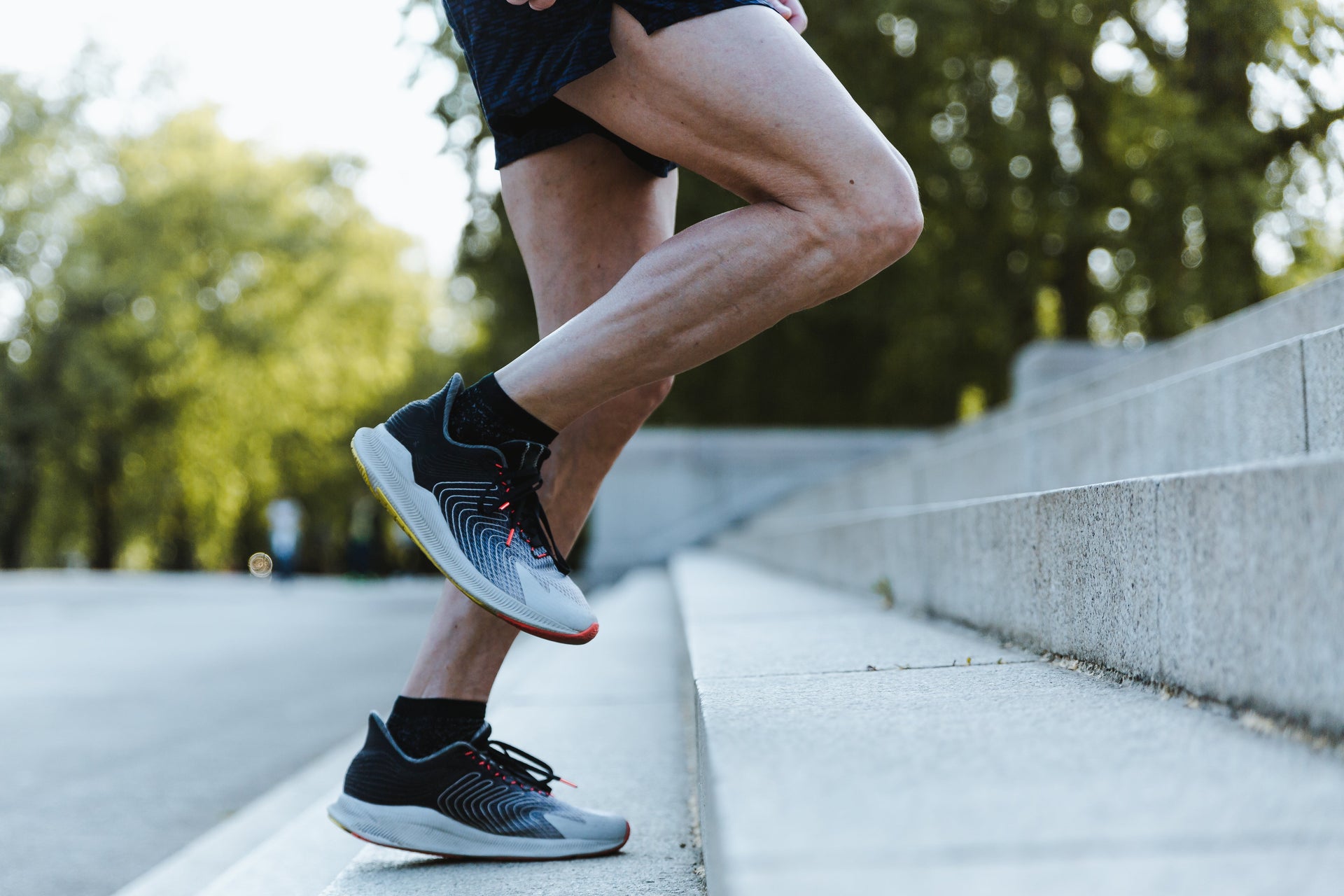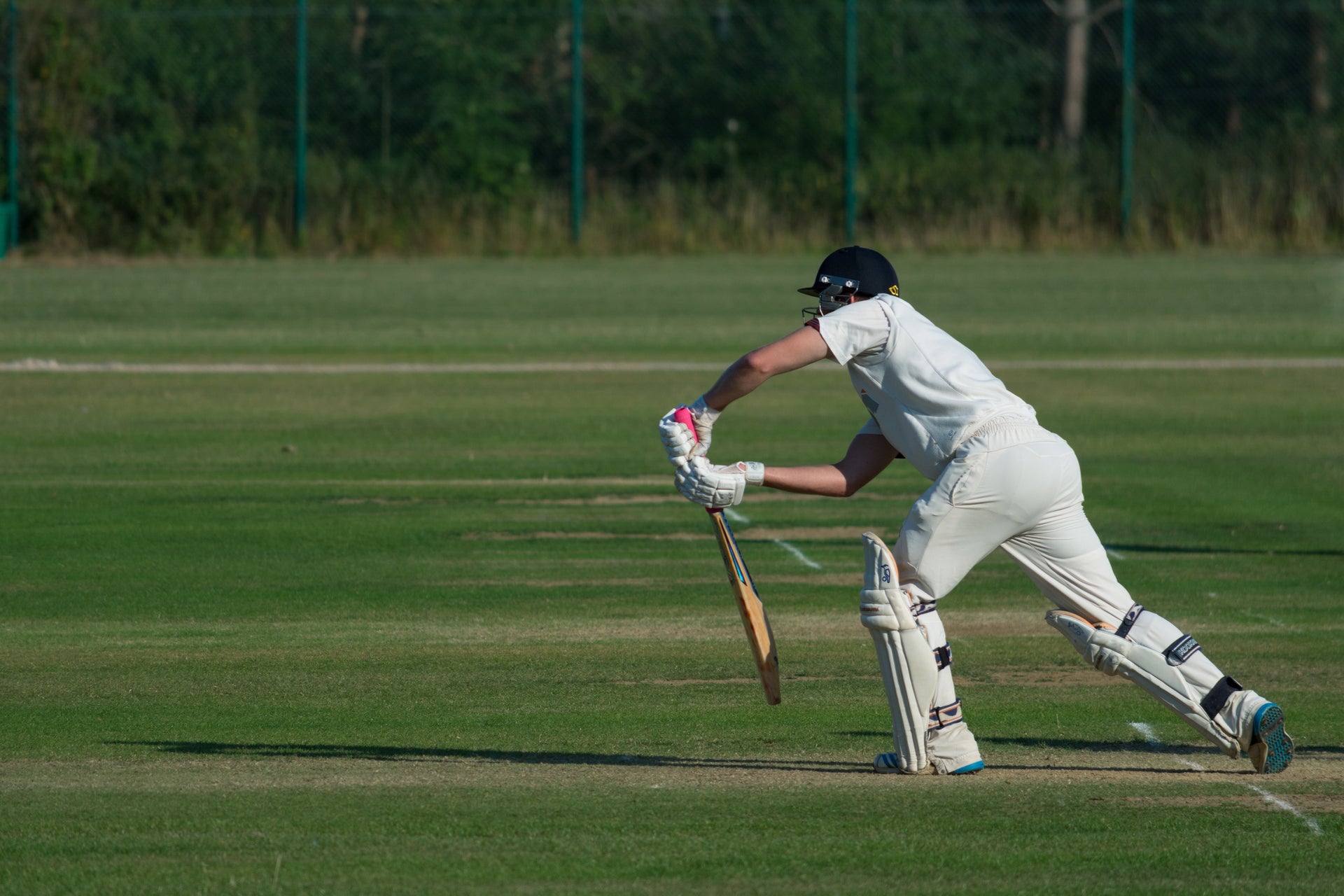
How to Choose the Best Running Shoes for Your Feet (2025 Guide)
Why Choosing the Right Running Shoes Matters
Finding the best running shoes is crucial for comfort, performance, and injury prevention. Wearing the wrong shoes can lead to foot pain, blisters, shin splints, and even long-term injuries. In this 2025 guide, we’ll help you choose the perfect running shoes for your feet based on key factors like arch type, running style, and cushioning needs.
1. Understand Your Foot Type
Before buying running shoes, you must know your foot type. There are three main types:
a) Neutral Arches
-
Best for: Balanced runners with an even foot strike.
-
Ideal Shoes: Neutral running shoes with moderate cushioning.
b) Flat Feet (Overpronation)
-
Best for: Runners whose feet roll inward excessively.
-
Ideal Shoes: Stability or motion control shoes to provide extra support.
c) High Arches (Supination/Underpronation)
-
Best for: Runners whose feet roll outward.
-
Ideal Shoes: Cushioned shoes for shock absorption.
2. Determine Your Running Style
Your running technique influences the type of shoes you need. Consider the following:
-
Heel Strikers – Need extra heel cushioning.
-
Midfoot Strikers – Require balanced cushioning throughout the sole.
-
Forefoot Strikers – Benefit from shoes with more cushioning in the front.
3. Consider the Terrain You Run On
-
Road Running Shoes – Designed for pavement with lightweight cushioning.
-
Trail Running Shoes – Provide extra grip, support, and protection for uneven surfaces.
-
Treadmill Running Shoes – Offer lightweight construction and flexibility.
4. Get the Right Shoe Size
-
Always measure your feet before buying.
-
Ensure at least a thumb’s width between your longest toe and the shoe tip.
-
Try shoes in the evening when feet are slightly swollen.
5. Prioritize Comfort and Fit
-
Avoid tight shoes to prevent blisters and discomfort.
-
Test shoes by jogging inside the store or on a treadmill.
-
Look for breathable materials to keep feet cool.
6. Choose the Right Cushioning and Support
-
Minimal Cushioning – Best for experienced runners who prefer a natural feel.
-
Moderate Cushioning – Good for most runners, balancing comfort and responsiveness.
-
Maximal Cushioning – Ideal for long-distance runners or those with joint pain.
7. Don’t Forget About Shoe Durability
-
Running shoes typically last 300-500 miles.
-
Replace them when you notice wear and tear on the sole.
8. Popular Running Shoe Brands in 2025
Here are some of the top-rated running shoe brands to consider:
-
Nike – Known for lightweight, responsive shoes.
-
Adidas – Great for comfort and durability.
-
Brooks – Offers excellent support for long-distance running.
-
Asics – Provides advanced cushioning technology.
-
New Balance – Ideal for runners needing extra width and support.


